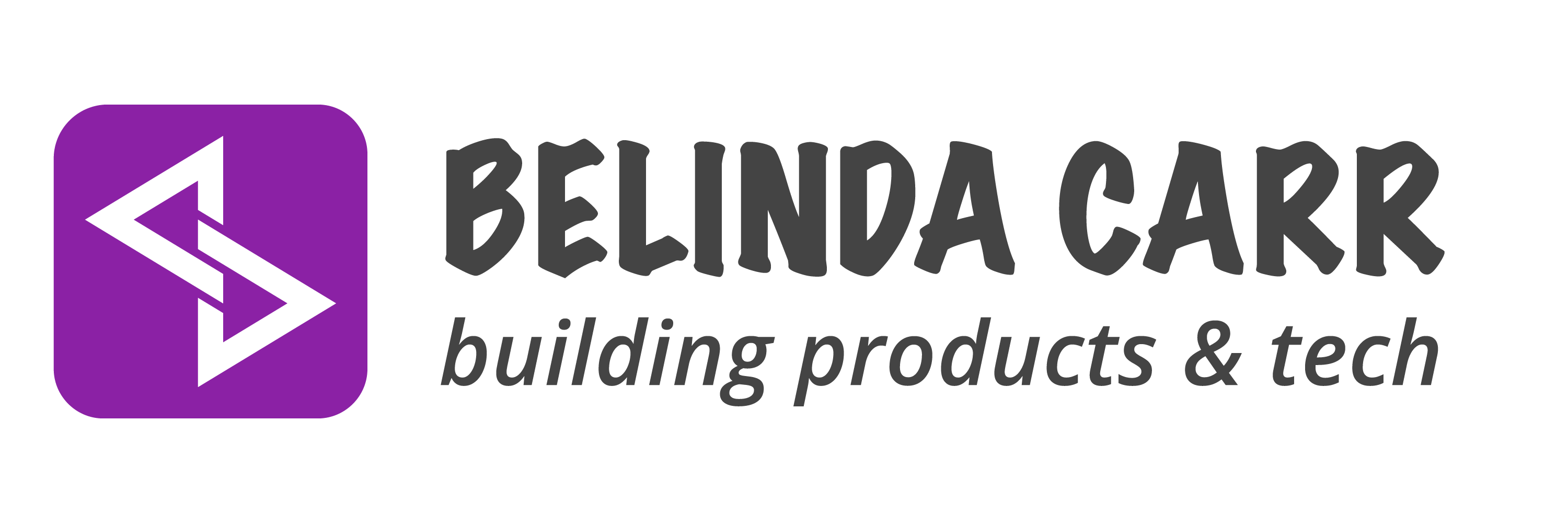Polycarbonate, a versatile and innovative material, is revolutionizing the fields of architecture and construction. Known for its exceptional strength, lightness, and aesthetic appeal, polycarbonate is increasingly becoming the material of choice over traditional options like glass and acrylic.
Introduction
Polycarbonate’s unique combination of features – transparency during the day and an internal glow at night – is quickly changing the future of architectural designs and construction methods. From eyeglasses to greenhouses and facades, polycarbonate’s application is vast and varied. Its advantages not only lie in its physical properties but also in its economic benefits, offering long-term savings over traditional materials.
Types of Polycarbonate Panels
Multiwall Panels
Characterized by their multiple layers and hollow chambers, multiwall panels provide excellent insulation, making them perfect for roofing and cladding. Their design varies from twin-wall to five-wall panels, each offering different levels of insulation and light transmission.
Corrugated Panels
These panels feature a wavy surface, ideal for roofing and siding due to their natural light transmission and impact resistance. Their structure also prevents water accumulation, adding to their appeal.
Solid Panels
Mimicking the appearance of glass or acrylic sheets, solid panels are utilized in applications requiring clarity and strength, such as windows and skylights.
The Making of Polycarbonate
At its core, polycarbonate is a synthetic plastic formed through the reaction of bisphenol A with phosgene. This process creates long polymer chains, giving polycarbonate its remarkable strength and flexibility.
Advantages of Polycarbonate
Polycarbonate outshines traditional materials with its increased strength, being 250 times stronger than glass and 30 times stronger than acrylic. Its high impact resistance makes it virtually unbreakable, offering an unparalleled choice for storm-prone areas. Additionally, its thermal insulation properties and lightweight nature make it an environmentally friendly and cost-effective alternative.
Architectural Applications
The adaptability of polycarbonate has led to its use in innovative architectural projects. Examples include the Bradbury Works in London and the Glorya Kaufman Performing Arts Center in Los Angeles, both showcasing the material’s ability to transform building aesthetics while being sustainable.
Disadvantages of Polycarbonate
Despite its many benefits, polycarbonate is not without its drawbacks. Its sensitivity to UV radiation and susceptibility to scratches are notable concerns, though these can be mitigated with coatings and treatments. Additionally, environmental concerns related to its manufacturing process are being addressed through the development of BPA-free alternatives.
Conculsion
Polycarbonate represents a significant advancement in building materials, offering a combination of durability, efficiency, and aesthetic appeal. As we look to the future, the continued innovation in polycarbonate technology promises even greater possibilities for sustainable and transformative architecture.





